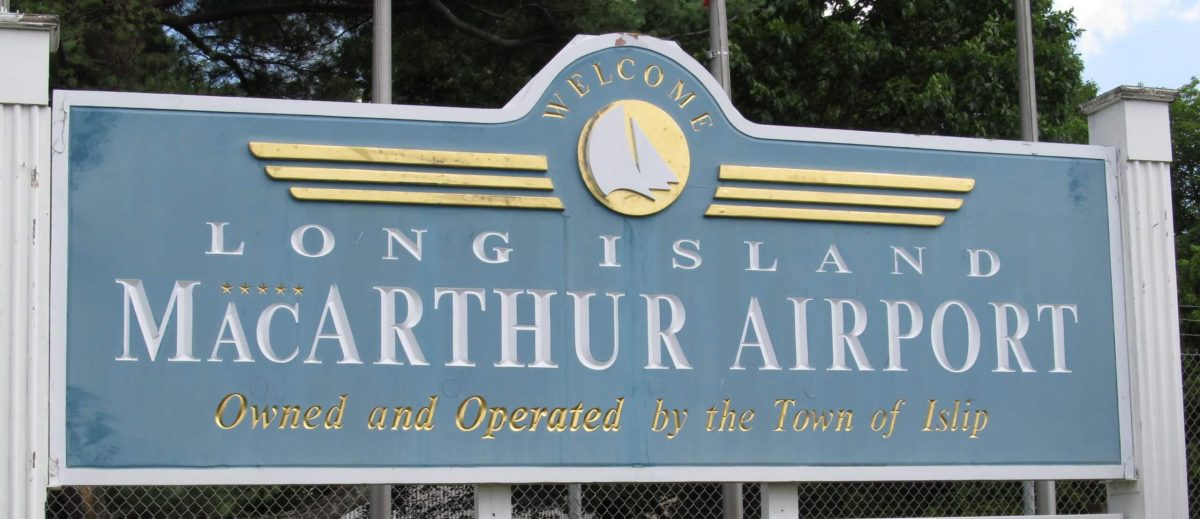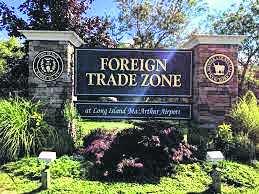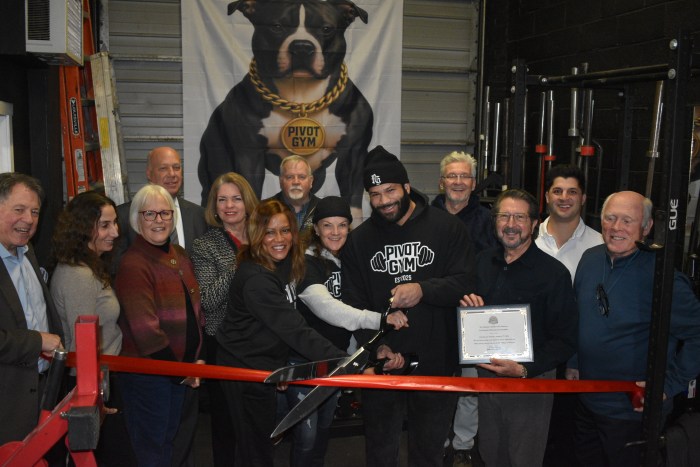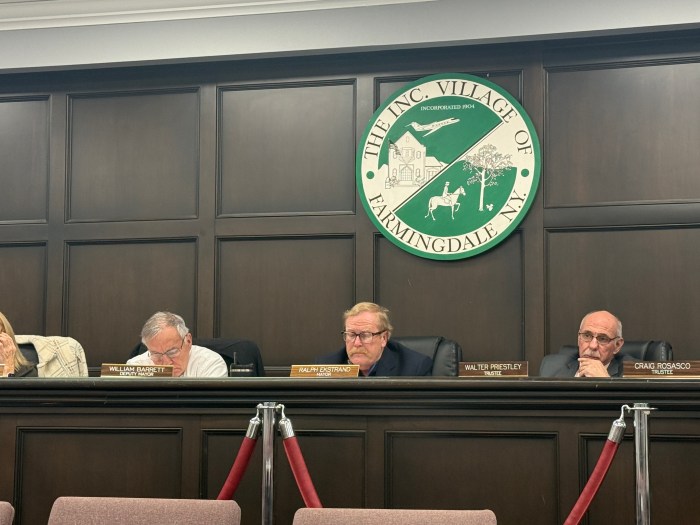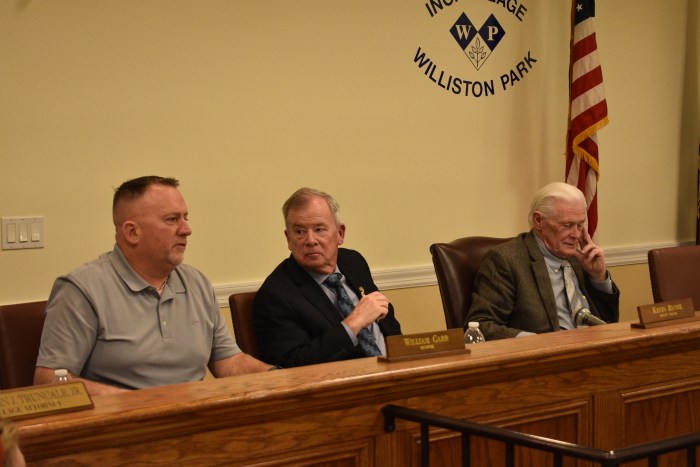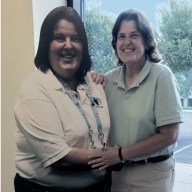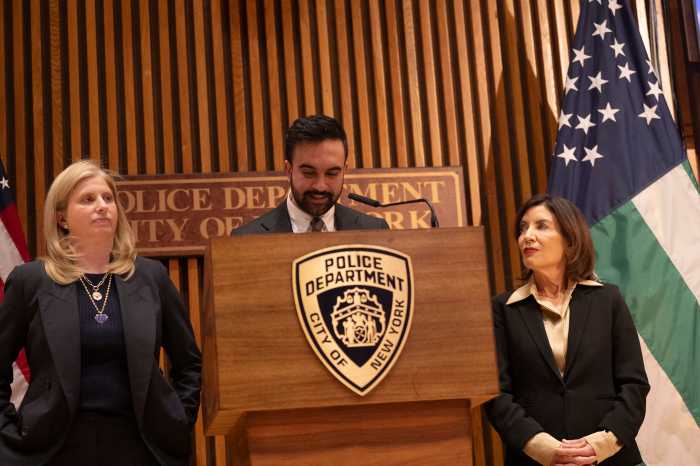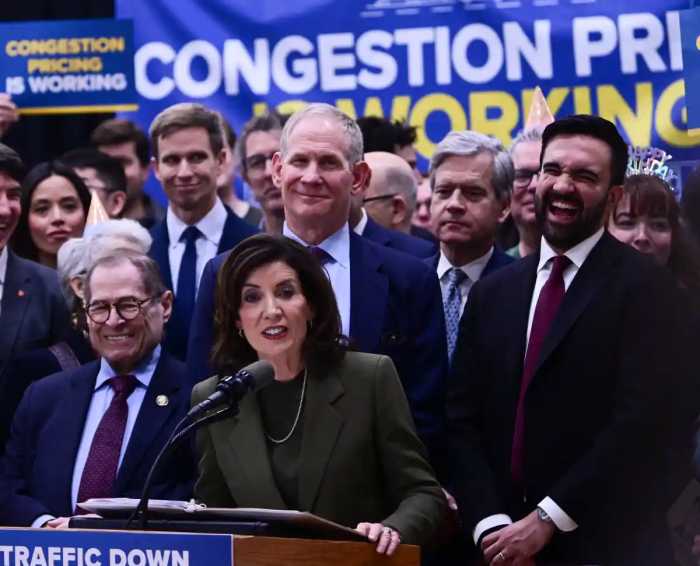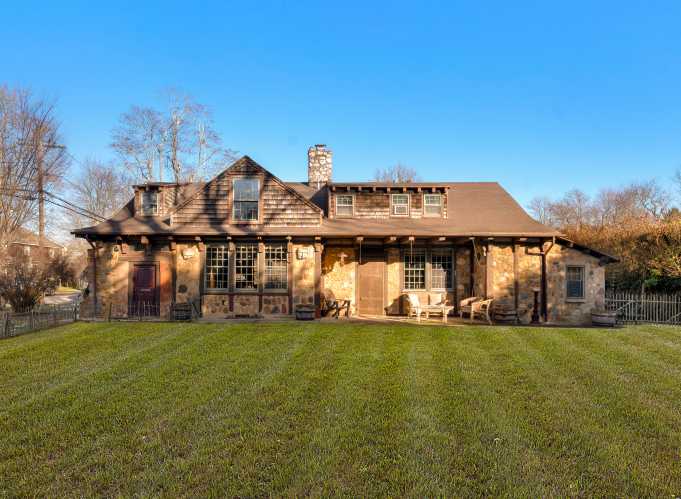A bold sign in Ronkonkoma adjacent to Long Island MacArthur Airport proudly proclaims “Foreign Trade Zone” along with the airport’s name. The juxtaposition is a little unusual, since the airport has no international traffic.
Local politicians, nevertheless, have touted this 52-acre parcel with 14 buildings and 435,000 square feet of industrial, manufacturing and warehouse space as a success story. And there is a high occupancy rate for the industrial park run by the Islip Foreign Trade Zone Authority. But the reality is different in terms of international trade tariff benefits to many located in the zone, where those benefits may be truer on paper than in practice for most.
“That industrial park is unique and like no other on Long Island,” said Brad Hemingway, executive director of the Town of Islip Foreign Trade Zone Authority. “It’s the only one that has that designation.”
Precious few companies in this FTZ, established in 1982, however, obtain international trade tax benefits such as duty deferral, elimination and reduction. The zone in Ronkonkoma, called a magnet, has provided a home — and even some help — for many companies, but few obtain valuable tariff benefits.
“The majority of companies there do not use it as a foreign trade zone,” said Tom Cook, managing director at East Moriches-based Blue Tiger International, a foreign trade consulting firm. “Very few companies use it as a foreign trade zone.”
The Foreign-Trade Zones Act of 1934 created the foreign trade zone board to “expedite and encourage foreign commerce” in the United States.
Proximity to Long Island MacArthur, a domestic airport, isn’t much help with international trade. John F. Kennedy International Airport, nearby, is an international trade juggernaut with at least 20 cargo airlines.
“There is no direct relationship with the airport,” said Hemingway. “The airport runs itself. We run ourselves. And we’re good neighbors.”
JFK Airport was designated as the nation’s first foreign trade zone. Long Island companies can import or export through JFK, Newark Liberty International Airport or by ship.
“In the late ’70s, early ’80s, Suffolk County decided they wanted a foreign trade zone for their business community,” Hemingway said. “They needed a physical location, so the county executive and supervisor designated this piece of land in Ronkonkoma as the magnet site for FTZ 52.”
The Town of Islip leases land for the 52nd such trade zone (the number indicates order) to the authority, which leases to landlords. The need for companies to be in a physical trade zone to obtain benefits, however, proved problematic. So the program began allowing companies outside physical zones to be designated as alternative foreign trade zones.
“When you had a foreign trade zone, you needed to be in a physical location, although rules have changed,” Hemingway said. “The foreign trade zone setup is different today than it was in the 1980s.”
Cook said companies often are reluctant to move into physical FTZs, despite benefits. A company might be in the Long Island Innovation Park at Hauppauge, Bohemia, Shirley, Huntington or Port Washington, Cook added. “Why move all the way to Islip when you can get the benefit at your physical location?” he asked.
Single-use applications have become the face of foreign trade zones benefits, more than the old-fashioned magnets. The Foreign Trade Zone Board, for instance, designated a BMW factory as a FTZ on Feb. 22, 2022, in Spartanburg, South Carolina.
“You can understand what a huge benefit that was to the community and the state,” Cook said. “We do some in the most remote areas. The idea of the Islip site was a good idea to attract companies. It’s not being used that way.”
More than 100 New York metropolitan area companies have FTZ status, Cook said.
“They’re all over the place,” he said of zones sanctioned by the United States Department of Commerce’s international trade administration’s Foreign Trade Zone Board.
Cook talked about a company in Shirley importing ingredients to make road markings. After goods move through borders, they don’t need to pay duties while in a foreign trade zone, although those must be paid if and when sold in the United States.
“The benefit they get is the cash flow of not having to pay those duties until the goods are a point of value to them,” Cook added.
Companies such as Google, Siemens, and Canadian Solar receive FTZ benefits, according to Tetra Consultants. But Cook said that one reason companies in the Islip FTZ don’t activate valuable trade benefits is that “the process is highly administrative.” Companies must deploy technology to track product through foreign trade zones and coordinate with suppliers impacted by zones.
“Those are some of the challenges,” Cook said. “A lot of companies try to do it themselves. It’s a bureaucracy and it’s not user friendly. A lot of companies get turned off and don’t use it.”
Still, for those who do the work, he said, the benefits can be huge, saving 15-30% on operating costs. Thirty-five businesses, with more than 4,000 employees, are in the Ronkonkoma trade zone. Hemingway said that 31 are involved heavily in import and export and four are not. And companies can qualify for tax benefits beyond tariffs.
“This property is not on the tax rolls. It’s a tremendous benefit, or cost savings, to the building’s manager,” Hemingway said. “The idea is that tax reductions are passed through to tenants or the business community.”
Hemingway said that the trade zone likes to see at least 30% of import/export sales in order to qualify for property tax benefits. If companies don’t comply, they can face deficiency assessments, “about what they pay on property taxes on their proportional share of a building,” he said.
Most companies, regardless of location, never pursue foreign trade benefits.
“It’s a designation that importers and responders can benefit from,” Cook said.
Three undeveloped parcels in the Ronkonkoma FTZ are being developed for 120,000 square feet, Hemingway said. The industrial park is growing, although so far, international trade benefits there for most remain illusory.
“It’s successful as an industrial park,” Cook said. “It’s not successful as a foreign trade zone.”
The bigger shame may be that some companies, regardless of location, could be designated.
“Long Island companies have the opportunity to become involved with foreign trade zones, even if they have nothing to do with the Islip industrial park,” Cook added. “It’s a shame it’s not being used that way. And it has the opportunity to do that.”




